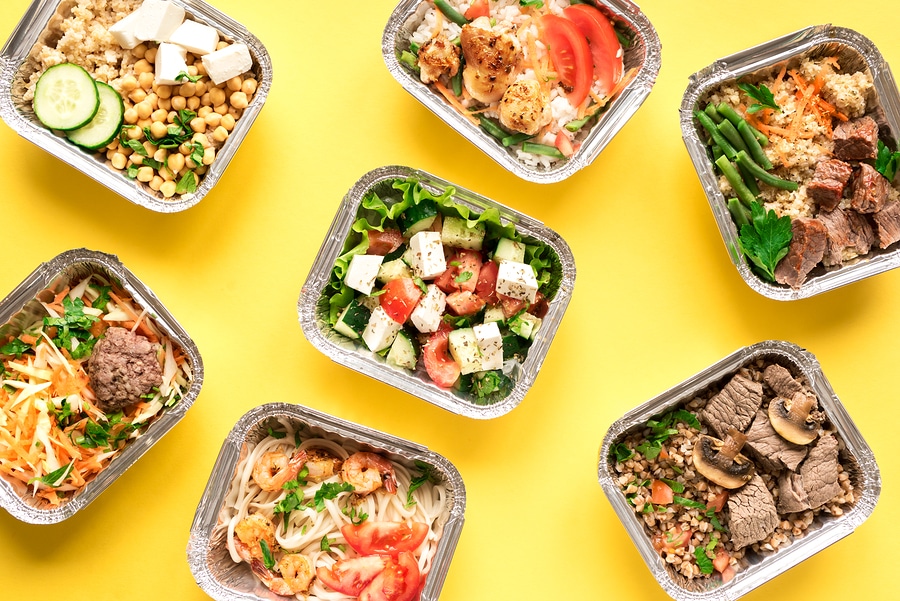What A Healthy Diet Should Look Like
Eat healthy. Do enough daily exercise. Get enough sleep.
These are the basics of treating yourself the right way.
While exercising and ensuring adequate sleep boil down to self-discipline, crafting a healthy diet (and sticking to it) could be confusing and complicated. The information overload we experience today breeds conflicting nutrition and diet advice all the time, particularly online.
So, how do we sift through it for tips and guidelines for healthy eating? Here’s our take on it.
The basics of healthy eating
In normal conditions, our body needs a balance of protein, vitamins, minerals, fat, fiber, and carbohydrates to be healthy. Contrary to what some diet programs suggest, you don’t have to eliminate any food categories from your diet; you only need to go for the healthiest options on the menu.
- Protein. It is what gets you up and going while supporting your mood and your body’s cognitive function. The main sources of protein are animal products, but there are also a variety of plant-based protein sources that can sustain the body’s essential protein needs.
- Carbohydrates. The food category is one of the body’s main energy sources. Complex, unrefined carbs from vegetables, whole grains, and fruit are recommended over refined carbs and sugars.
- Fat. Healthy fats, like Omega-3, protects the brain and the heart. It is also crucial to your emotional and physical health since including healthy fat in your diet can boost your mood and well-being.
- Fiber. Foods that are high in dietary fiber generate regular bowel movement and healthy skin. It also lowers your risk for stroke, diabetes, and heart disease.
- Calcium. Not enough calcium in your diet can lead to osteoporosis and contribute to sleep difficulties, anxiety, and depression.
- Vitamins. Our body needs thirteen essential vitamins—A, C, D, E, K, niacin, thiamine, riboflavin, folate, biotin, B5, B6, and B12—to help the organs do their jobs correctly.
- Minerals. Minerals perform various functions. The seven significant minerals needed by the human body are phosphorus, sodium, potassium, magnesium, chloride, calcium, and sulfur.
Preparing a healthy meal
Knowing the vital components of a healthy diet is half the battle. The other half is healthy meal preparation.
The secret to good food isn’t only about acquiring the freshest and finest ingredients available, but also proper handling and preparation. Switching to a healthy diet does not mean eliminating the food you enjoy but taking baby steps to build a healthy eating lifestyle.
For people who could use some help in building a sound meal plan, here’s what a healthy diet should look like:
- Half your plate needs to contain fruits and vegetables. Fruits, as well as orange, red, and dark-green vegetables, make your food delicious but also nutritious.
- Lean protein must occupy a quarter of your plate. It could be lean beef, fish, skinless poultry tofu, or beans.
- The other quarter should include starchy or grain-based side dishes and dairy. The side dish could be whole-wheat pasta, whole-grain bread, or brown rice. Complete the meal with a cup of low-fat or fat-free milk (or soy milk).
Remember that every meal is an essential building block for your healthy eating. Make sure your meals throughout the day contains all the food groups mentioned above. It is also best if you could make fruits, dairy, grains, vegetables, and protein part of your daily snacks.
Healthy eating is about choosing the healthiest option and keeping things balanced. It doesn’t need to be a chore.
Need Help?
At MediPlan Diet Services, we offer a different approach to weight loss. Our commitment is to help you regain a healthy and comfortable weight! Contact us today to learn more!

